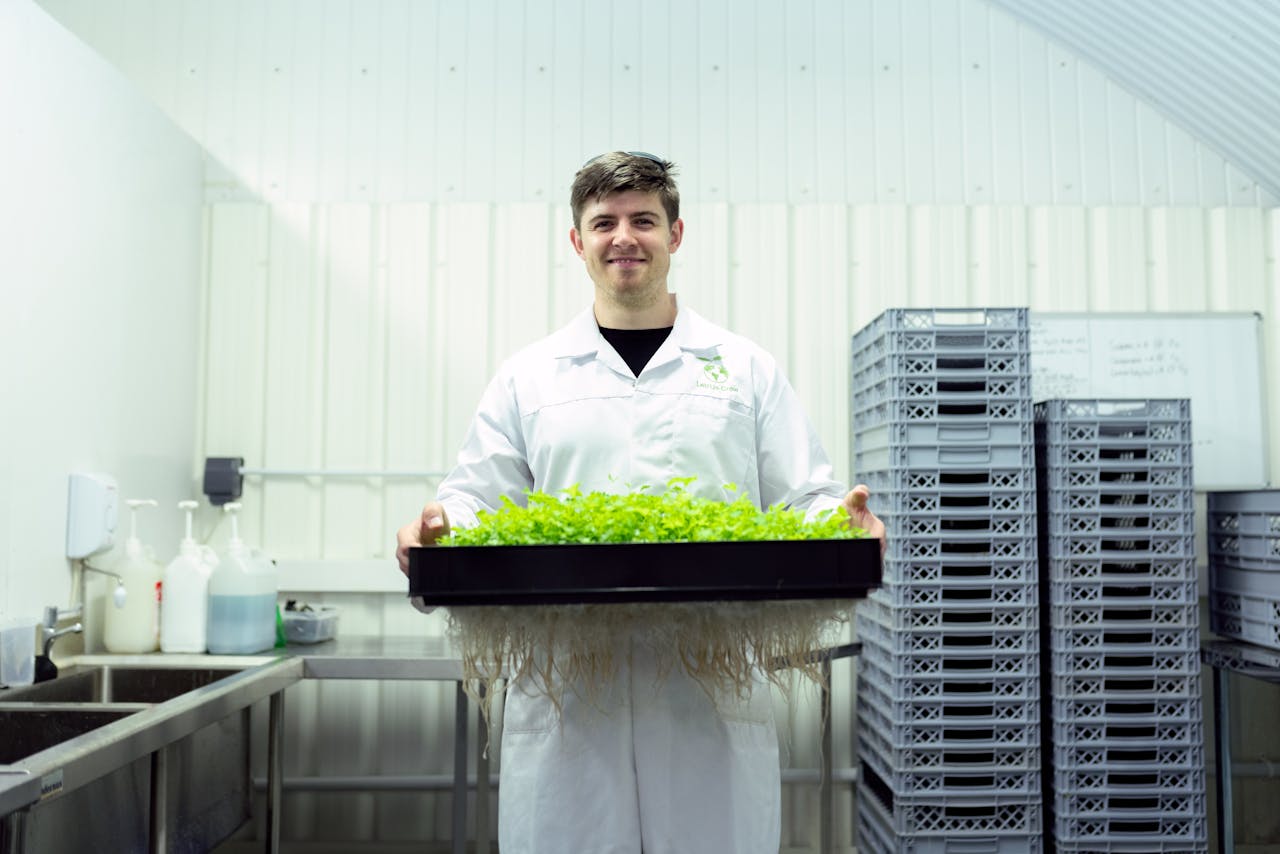Let’s talk about feeding the world and why it’s crucial to do it in a way that’s good for the planet and doesn’t use up all our resources. This is what we call sustainable agriculture.
Imagine your dinner guest list keeps growing—you need more food to make sure everyone leaves happy. Similarly, as the world’s population increases, there’s a greater need for food. Sustainable agriculture ensures we can keep producing enough food for everyone, now and in the future, without harming the environment.
Understanding Sustainable Agriculture
So, what’s sustainable agriculture all about? It’s farming in a way that doesn’t harm the environment or deplete resources. Here’s the lowdown:
Meaning: Sustainable agriculture focuses on growing food while taking care of nature. It’s not just about producing lots of food quickly; it considers how farming impacts things like soil, water, and wildlife.
Approach: Farmers follow specific rules and methods to keep farming sustainable. This might involve using natural fertilizers instead of chemicals, rotating crops to maintain soil health, and ensuring animals are treated well.
Importance: Biodiversity, healthy soil, water conservation, and reducing chemical use are all vital aspects of sustainable farming. They maintain ecosystem balance, improve crop growth, and safeguard our planet.
Challenges in Food Production
Let’s break down the obstacles to growing food sustainably:
Limited resources: There’s not enough land for farming, and we’re running short on water for crops.
Climate challenges: Climate change is causing unpredictable weather patterns, like droughts and floods, which affect crop growth.
Loss of diversity: We’re losing various plant and animal species crucial for farming, making it less sustainable.
Food waste: We waste a significant amount of food, and distribution isn’t always fair, leading to hunger in some communities while others have excess.
Innovations in Sustainable Agriculture
Now, let’s explore the exciting advancements in sustainable farming:
Agroecology: This approach harmonizes farming with nature, using natural methods to maintain environmental health.
Precision agriculture: Farmers employ technology to determine precisely what their crops need, optimizing water and fertilizer usage.
Vertical farming and urban agriculture: Farms in cities or skyscrapers reduce transportation needs, while urban agriculture grows food locally.
Biotech: Scientists enhance plant traits to improve growth, disease resistance, and yield.
Sustainable livestock: Ethical animal rearing practices, proper feeding, and waste management ensure both animals and the environment are treated well.
Policy and Economic Considerations
Here’s how governments and financial factors influence sustainable farming:
Regulations: Governments enact rules to encourage environmentally friendly farming practices, such as reducing chemical usage and protecting wildlife.
Financial support: Governments and other organizations provide funding or incentives to farmers adopting sustainable methods.
Importance: These regulations and financial aids promote environmentally friendly farming, ensuring food production benefits everyone while safeguarding the planet.
The Role of Technology
Technology plays a significant role in modern farming:
Smart farming: Automated systems assist farmers in decision-making, optimizing crop growth.
Precision farming: Sensors and gadgets provide precise data for efficient resource management.
Food tracking: Tracking systems trace food from farm to table, ensuring safety and transparency.
Biotech: Genetic modifications enhance crop resilience and productivity.
Sustainable Food Systems
Here are some innovative approaches to food production:
Local food: Supporting nearby farmers reduces transportation emissions and supports local economies.
Sustainable seafood: Fishing and aquaculture practices that minimize environmental impact.
Plant-based options: Embracing plant-based protein sources and exploring alternative protein like lab-grown meat and insects.
Waste reduction: Implementing strategies to minimize food waste throughout the production process.
Building Resilience in Food Systems
Lastly, ensuring food systems can withstand challenges:
Crop diversity: Growing a variety of crops to mitigate risks associated with climate change and pests.
Resilient crops: Investing in crops that can withstand extreme weather conditions.
Community support: Providing resources and knowledge to vulnerable communities to adapt to emergencies.

